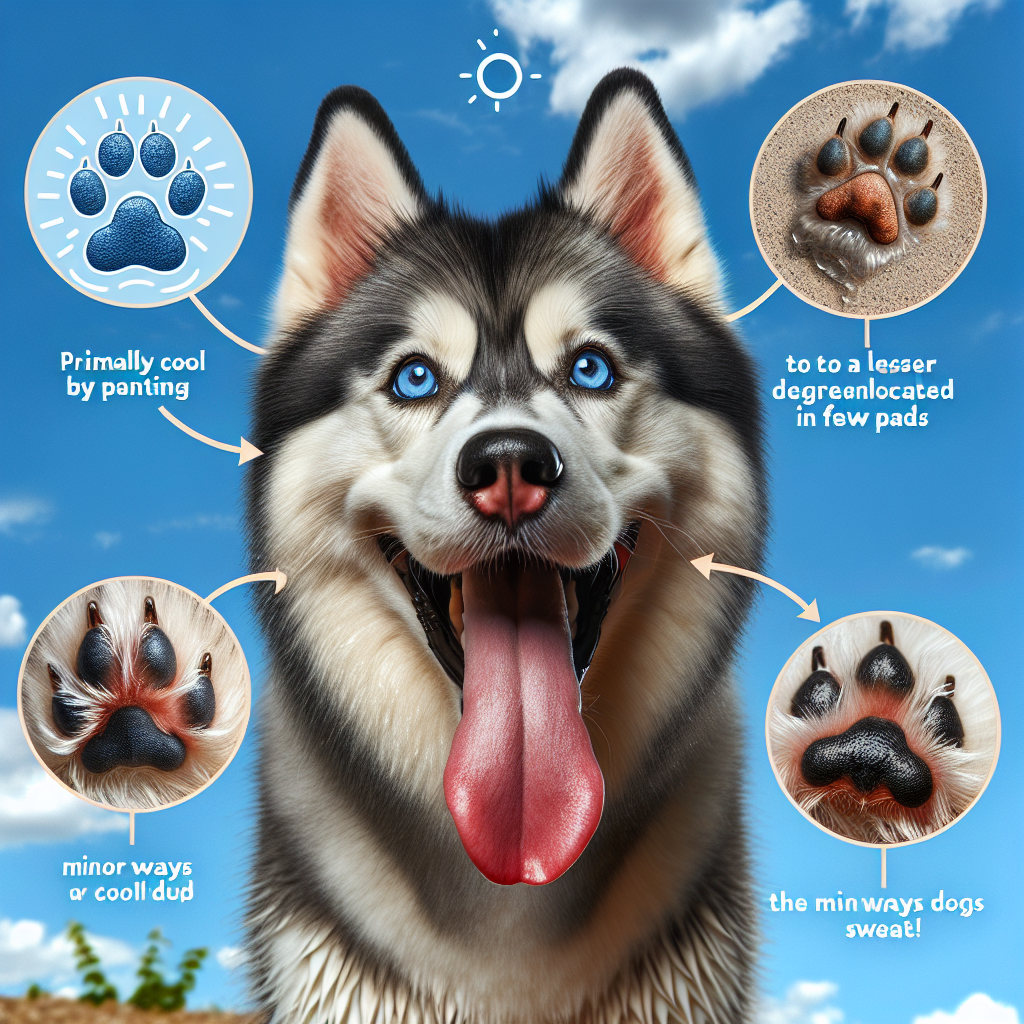===INTRO:===
Understanding how our canine companions cool down is essential for any dog owner. Many dog lovers are often surprised to learn that dogs do not sweat in the same way humans do. This unique physiological trait can lead to misconceptions about how dogs maintain their body temperature, especially during the sweltering summer months. If you’ve ever worried about your dog’s comfort in the heat, you’re not alone. The good news is that by understanding canine cooling mechanisms, you can better ensure your furry friend stays safe and comfortable.
The Science Behind Canine Cooling Mechanisms Explained
Dogs possess a fascinating biological cooling system that sets them apart from humans. While we rely heavily on sweating to regulate our body temperature, dogs predominantly depend on panting as their primary means of cooling down. Panting enables them to evaporate moisture from their tongues and respiratory tract. This evaporation process is crucial, as it helps dissipate heat, allowing their internal temperatures to decrease more effectively than sweating would.
Moreover, canines have a limited ability to sweat through their paw pads. This can sometimes confuse pet owners into believing that dogs sweat more than they actually do. The sweat glands located in their paw pads function to a minimal extent, primarily serving as a method to leave scent trails rather than to regulate body temperature significantly. This is a vital distinction that highlights how different canine physiology is from that of humans, particularly when it comes to thermoregulation.
Understanding the science behind these mechanisms not only provides insight into how dogs cope with heat stress but can also guide owners in providing better care during extremely hot conditions. Knowing that panting is the primary avenue for heat dissipation allows pet owners to notice when their dogs are at risk of overheating. Recognizing the signs of distress can prompt timely interventions, such as offering water or finding cooler environments.
How Dogs Regulate Body Temperature Without Sweating
To appreciate how dogs maintain their body temperature, it’s essential to understand the role of their respiratory system. When dogs pant, they inhale cooler air and exhale warm air, facilitating heat exchange. This process is more efficient in reducing body temperature than sweating could achieve, considering the dog’s fur coat may otherwise trap heat. The canine respiratory system is specifically designed to maximize this cooling method, demonstrating an evolutionary adaptation that prioritizes survival in various environments.
Dogs also utilize their blood circulation as part of their cooling strategy. When a dog’s body temperature rises, blood vessels in the face and ears expand, allowing more blood to flow close to the surface. This increased blood flow can help radiate heat away from the core of the body, functioning similarly to the concept of a car radiator that disperses heat. This mechanism reinforces the importance of keeping dogs hydrated, as adequate blood volume is crucial for effective heat management.
In addition, the ambient temperature plays a significant role in how effectively a dog can cool down. If the surrounding environment is excessively hot and humid, the efficiency of panting diminishes, making it more challenging for dogs to regulate their body temperature. This is why dog owners should monitor their pets closely during high-temperature conditions, ensuring they have access to shade and fresh water. This proactive approach can prevent heat-related illnesses, keeping your dog both happy and healthy.
===OUTRO:===
Understanding canine cooling is not merely an academic pursuit; it has practical implications for every dog owner. By recognizing how dogs sweat—or rather, how they don’t—owners can take essential steps to ensure their pets remain safe during the hot summer months. From employing effective cooling techniques to recognizing the signs of overheating, knowledge is power. So, next time the temperature rises, you’ll be equipped with the vital insights needed to protect your beloved canine companion. Explore more about dog care to keep your furry friend healthy and thriving!
Measuring Your Dog’s Height: A Comprehensive GuideUnderstanding How Dogs Become Infested with FleasUnderstanding the Lifespan of Pug Dogs: What to ExpectRelevant LinkRelevant LinkRelevant Link
